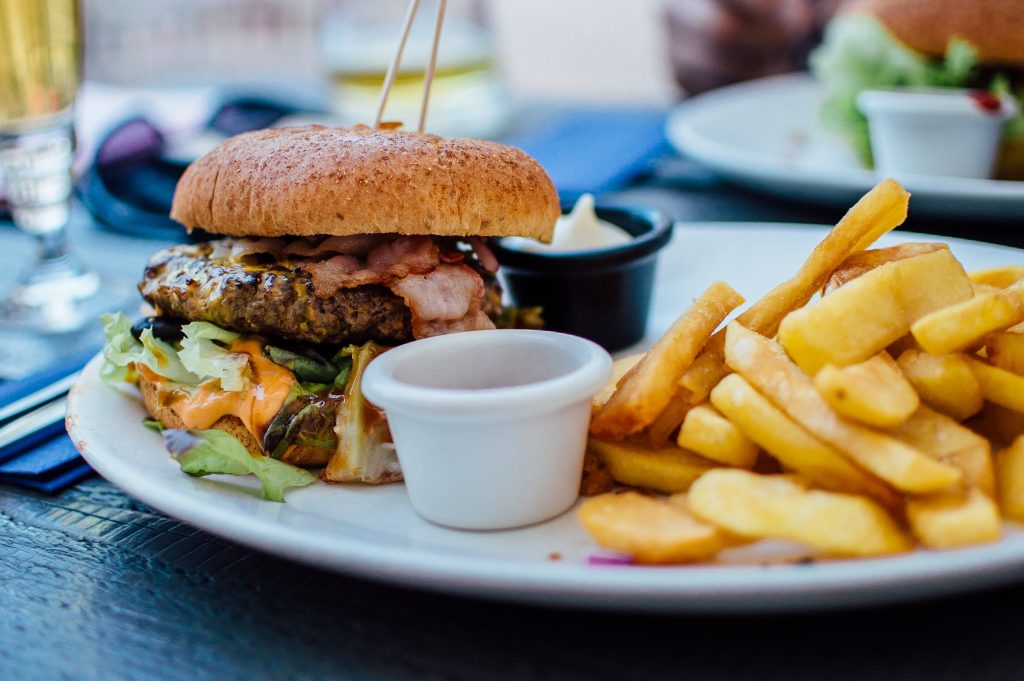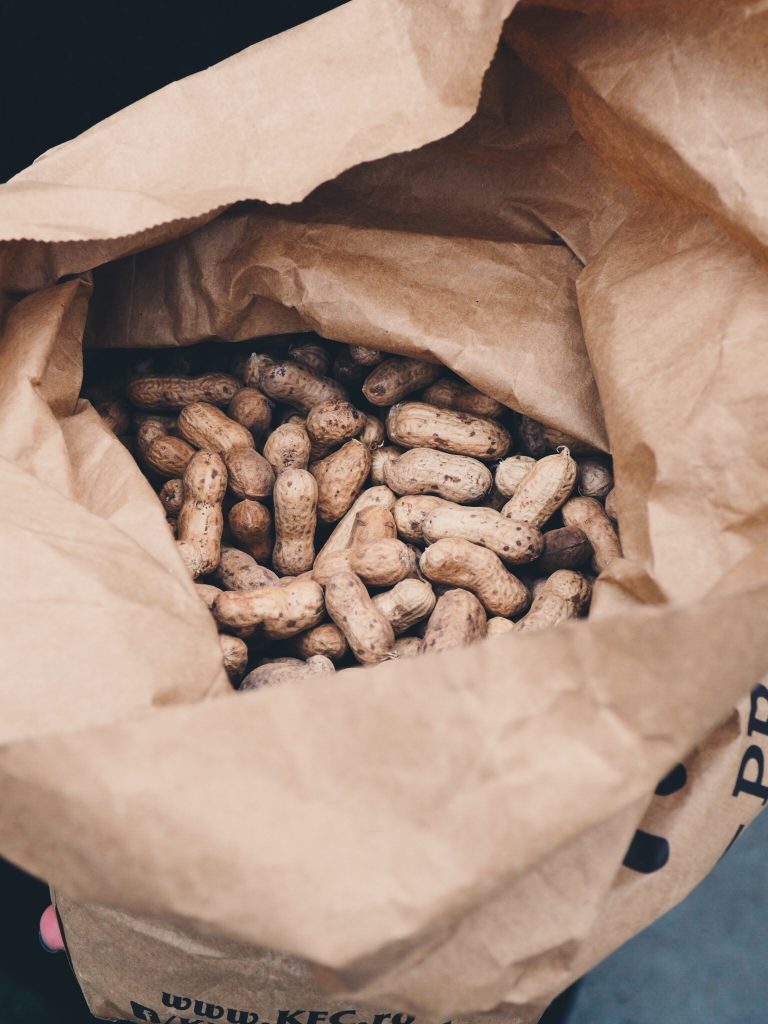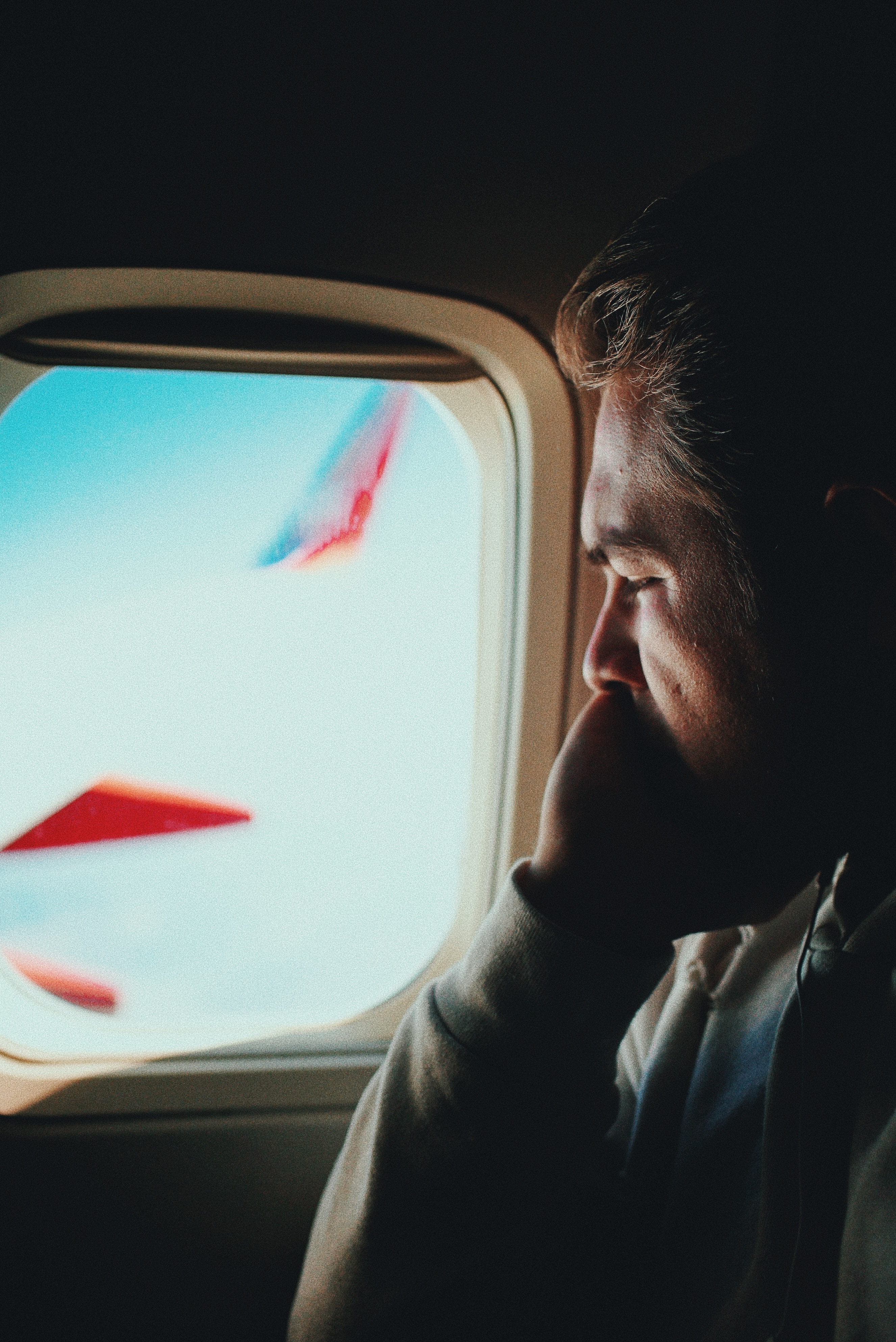Picture this. You’re at the airport about to embark on a flight to the destination of your dreams. You’ve sorted your travel insurance, exchanged your currency — you even have your mother-in-law looking after the dog. All you have to do is kick back, watch the in-flight entertainment, and scour the guidebooks of where to explore when you land.
But wait, what are you eating along the way?
There are certain foods best avoided before flying, and other foods that should never be eaten on an airplane — whether it’s out of consideration for your stomach or your neighbor’s nostrils.
I mean, do you really want to be that person on the plane running to the bathroom every time the ‘fasten seatbelt’ sign is turned off? Do you want to subject dozens of people to the waft of your kimchi simply because you had a craving?
Get the tips below, so you’re not ‘that person’ the next time you fly.
Best Foods to Eat Before Flying
The type of food you should eat before flying varies depending on whether you’re flying a short haul or a long haul. Long-haul flights can be tiring and dehydrating, so it’s best to keep your food nutritious. Pack food like grains and protein bars or even some quinoa. For a short trip, fill up on something rich in protein like eggs or a chicken salad before you board to tide you over before you land.
Most long-haul airlines serve complimentary meals, but the food quality can vary. At high enough altitudes, our perception of flavor (saltiness and sweetness) changes. As Charles Spence of Oxford University told the BBC, lack of humidity, lower air pressure, and reduced background noise all contribute to a diminished sensitivity to our taste buds.
Therefore, avoid airplane meals and fill up on healthy but hearty proteins before your flight. Don’t forget to pack some nutritious snacks which should help keep your body in balance before touching down.
Intermittent Fasting and Meal Timing
Consider timing your meals according to your destination’s local time to help reset your circadian rhythm and reduce jet lag. Research shows that intermittent fasting or timed eating can alleviate jet lag symptoms by helping your body adjust to the new time zone more quickly.
In-flight Meal Strategies
For managing meals during long-haul flights, consider bringing your own snacks. Opt for protein bars, fresh fruits, and vegetables. These choices are often healthier and more satisfying than in-flight meals, which can be high in sodium and low in nutritional value. By having your own snacks, you can maintain better control over your nutrition and hydration levels during the flight.
Avoid Alcohol Before and During the Flight
If you’re flying long-haul, it may be tempting to take advantage of the complimentary adult beverages that get served. However, drinking alcohol and flying don’t go hand in hand for a few reasons. Alcohol is a dehydrator and so are airplanes. The cabin air pressure is kept low, so you may find yourself being more dehydrated than usual. You may also feel buzzed quicker than you would on ground level. According to the airline KLM, the pressure of the cabin reduces the body’s ability to intake oxygen, giving that same light-headed feeling drinking can cause.
If you do fancy a tipple or two, always drink responsibly and keep a (large) bottle of water with you to stay hydrated while flying!
Avoid Junk Food Before Flying

It’s easy to devour a greasy meal while waiting for your flight, but you’re better off avoiding junk food before flying. Why? Like alcohol, junk food contains a lot of sodium; consuming it will dehydrate you. The processed ingredients also make it hard to digest, especially when cruising 130,000 feet above sea level. Deep-fried foods can cause heartburn and no-one wants that when they have to sit on an airplane for many hours. Junk food also causes bloating which isn’t ideal if you’re spending the next two weeks on a beach!
Feeling Hot, Hot, Heartburn!
From tasty curries to extra chilies on a pizza, spicy food, although delicious, is a pre- and an in-flight no-no. Spicy food is known for being hard-hitting on the stomach, so to spare yourself the bodily discomfort, awkward stomach sounds and frequent toilet breaks, lay off the spice until you reach your destination.
Nuts

While nuts are a snacking staple for many people, countless others are deathly allergic. Some people may only experience an outbreak if they ingest a nut while others could have a fatal reaction from someone opening a pack of peanuts. There has been widespread debate and media coverage about whether nuts should be allowed or not on airplanes, but in most cases, the cabin crew will announce onboard allergies, especially severe ones.
What Do I Eat When I Land?
It’s always a good idea to try the local cuisine, but if you are feeling jet-lagged, rundown or have poor water retention after flying, it’s best to ease your body along. Pack some vitamin C tablets so you can get a vital dose of antioxidants and ward off lingering germs that may have spread in an airtight plane cabin. It’s also worth packing chamomile or green tea teabags to aid sleep, especially if you are feeling the dreaded jet-lag. If you’re planning to explore as soon as you land, make sure to keep those energy levels up with plenty of protein.
Specific Food Alternatives
Instead of beans or cruciferous vegetables that can cause bloating, try gut-friendly vegetables like carrots or zucchini. Swap high-fiber foods for low-fiber alternatives to keep your digestion smooth and hassle-free during your flight.
Post-flight Nutrition
After landing, it’s crucial to help your body recover from the effects of flying. Opt for foods rich in antioxidants, like berries and dark chocolate, to rejuvenate your body. Additionally, consume foods that aid in digestion, such as ginger tea, to alleviate any discomfort. Staying hydrated and maintaining a balanced diet post-flight can significantly enhance your recovery and overall travel experience.
Hydration Tips
Emphasize the importance of hydration before, during, and after the flight. Consume water-rich foods, drink coconut water, and avoid caffeinated beverages that can lead to dehydration.
Exercise and Mobility
Include tips on light exercises or stretches that can be done in-flight to help with digestion and reduce discomfort from prolonged sitting. Simple exercises like ankle circles and seated leg lifts can improve blood flow and reduce bloating.
Now that you have an eating template to feel good while traveling, get out there and explore. Should you need a room for a few hours to get back to center, we’ll be waiting with a refreshing day room in the city of your choice.

Image Credits
Featured Photo: “Fearless” by Jesse Ramirez via Unsplash
“Burger on Plate” by Robin Stickel via Unsplash
“Peanuts” by Radu Marcusu via Unsplash
